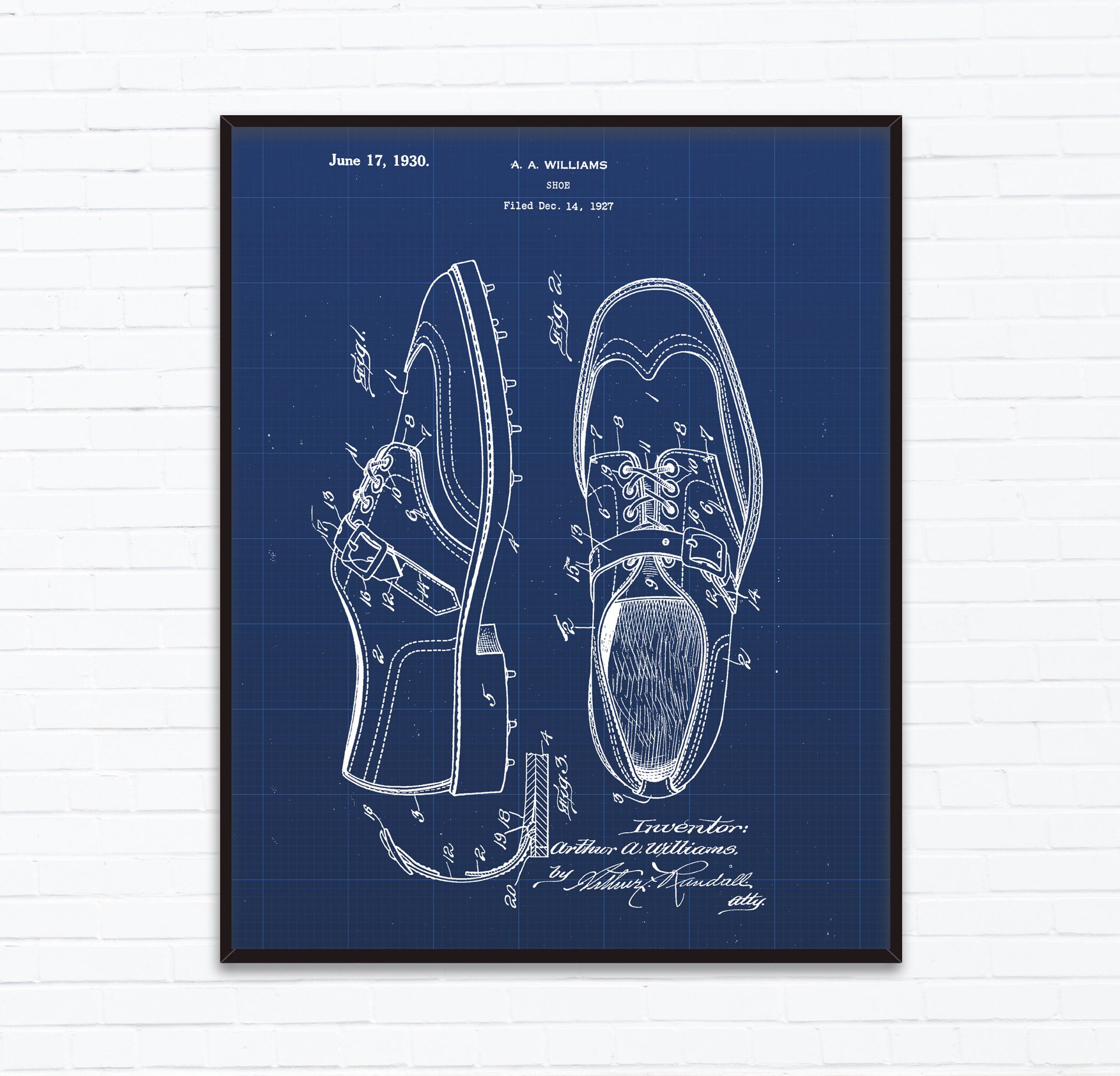In the world of patents, where words form the basis for protecting intellectual property rights, there exists a parallel world of imagery that plays an equally crucial role. These include patent drawings and illustrations. The old saying “A picture is worth a word” is a fact. In this case, a high-quality patent drawing is worth even more.
The need for clarity and precision is crucial when it comes to patents. They require precision and clarity. Patent applications can be difficult to understand due to being full of technical jargon, complex descriptions and complicated inventions. Patent drawings are the unsung heroes in this scenario. They serve as a visual link between the technical aspects of an invention and its clear presentation.

Imagine that you’ve come up with an invention that has many components and you want to protect your intellectual property. The mere writing of a description may not be enough to convey the intricate details of your invention precisely. This is when a carefully crafted patent drawing can be useful. It is an image that is in line with the written description, providing a clear, concise, and straightforward description of your idea.
A talented illustrator is behind each outstanding patent illustration. The illustrator has an uncanny ability for bringing concepts to life using artistic vision. These illustrators are more than simply artists. They are trained professionals to translate complicated ideas into visually appealing forms.
Illustrators who work in patent world are crucial in making sure that the invention’s information is accurately represented. They have to be aware of the technical intricacies of the invention and translate them into images that can be understood by patent examiners, lawyers and anyone else who has to read the application. Illustrators can make the best visual representation of any invention, whether it is a mechanical device or chemical formula.
The Precision of Draftsmen
While illustrators add a creative style to patent drawings, draftsmen are able to produce drawings with precision and precision. Draftsmen are hard at work to produce drawings that comply with the exact guidelines set by the United States Patent and Trademark Office as well as the other patent offices in the world.
Draftsmen are highly skilled experts who excel at creating technical drawings to satisfy the specifications of patent applications. The drawings must be accurately labeled and conform to the format guidelines established by the patent office. They must also be precise. The work of the patent office isn’t just about aesthetics; it’s about making sure that the patent application is in accordance with all the regulations that are required.
Wide Range of Services
Illustration and patent drawing services offer a variety of services that are tailored to meet the needs of both businesses and inventors as well as intellectual property professionals. These are the main offerings offered in this sector:
Utility drawings are essential for illustrating how an invention works, and the way it’s made.
Design Drawings When it comes to protecting the aesthetic or decorative aspects of an invention, drawings for design are important. They’re more concerned with the appearance and aesthetics of the invention than its function.
Trademark Drawings. For businesses looking to protect the trademarks of their brands and trademarks illustrators create trademark illustrations that capture the essence of the brand’s image.
Trade dress drawings: Similar to trademarks, trade dress drawings highlight the unique features of a particular product or packaging. This helps businesses maintain their distinctive look.
Patent Drawing Services typically incorporate photographs into patent applications when photos of real-world inventions or concepts are required.
The Strict Guidelines: How to follow them
The creation of patent drawings is not a task to be taken lightly. USPTO, and other patent offices have strict guidelines to which they must adhere. These guidelines determine the style size, dimensions, and style of patent drawings. This ensures uniformity and clarity throughout all applications.
Drawings should, for example that they be black and white using shading sparingly, but uniformly. Line thickness, numbering, and labeling rules must be based on specific standards to ensure consistency and understanding. If you don’t follow these guidelines, it can result in delays or rejections during the patent approval process.
Conclusion
In the world of patents, words and images are interspersed. Although patents are initially written descriptions of inventions, they are elevated to a higher level of clarity, understanding and clarity through patent drawings and illustrations. The drawings are the result of highly skilled experts such as draftsmen and illustrators who translate complicated ideas into visual illustrations.
Drawing and illustration services for patents are essential for any business or inventor who would like to safeguard its trademark. They offer a range of offerings from utility drawings to trademark illustrations to ensure that all aspects of innovation are appropriately illustrated.
In the end, the beauty of patent drawings and illustration services is not just about aesthetics. It’s about bridging the gap between complicated concepts and clear, concise representations that enable effective communication within the realm of patents. In this realm in which a patent may determine the distinction between success and obscurity, the significance of a well-crafted patent illustration cannot be overstated.